Crop Report
These aerial shots of our fungicide trial show how detrimental disease pressure can be. In this trial, we ran the same mix of max-rate premium fungicide, but delayed half the application by 10 days.
Harvest is officially underway around here. That said, I did have to look around quite a while in today’s travels to find a crew actively cutting soybeans. I did see a few fields that had been taken out in the last several days. Most soybeans are anywhere from 75–100% leaf drop now, with some stem lodging present in almost all of them. Fortunately, they haven’t lodged far enough to be difficult for the combine. I’m cautiously optimistic about soybean yields—many fields probably could have benefited from another inch or two of rain in August, but I was able to find quite a few 4-bean pods now that leaves have dropped.
Much of the corn in the area still has some green in the leaves, but it is fading fast. Some fields have black layered already, and others are almost there. In the fields I’ve visited I have not seen much tip back on ears, which gives me hope that corn yields are going to be average to above average in the area. I’m still a bit worried about stalk quality and standability in some fields, but the ears are looking pretty good.
I’m telling all the farmers I speak with to take extra precautions and have safety briefs with their harvest crews. A dry harvest season obviously brings enhanced risk of fires. Know where your fire extinguishers are, and if you can have a piece of tillage equipment staged onsite and ready to cut fire breaks if needed, DO IT!
Harvest is here throughout the county and nearby counties. We are seeing the effects of little to no rainfall mixed with the hot temperatures from the past week being reflected in the low moisture in harvested crops. Some fields that were later planted aren’t quite ready yet but we’ll definitely see an uptick in harvest in the coming weeks as the weather has really been drying down crops. Now is a great time to double check harvest safety measures and ensure everyone knows what to do just in case.
Darby and I visited one of our ISA on-farm trial sulfur plots in Vermilion County this week. Soybeans are ready to be harvested, but we are hoping for rain Saturday as conditions are extremely dry. We tried digging soybean plants in different treatments of the trial and, unfortunately, bent the shovel. There are many reports of soybeans still holding leaves and green stems but with very low grain moistures. Corn has been harvested in the area, and yields are above average but less than the record yields reported last year. Corn tip-back was seen on some ears, and disease was visible in the upper corn canopy.
We have had a bit of a mini heat wave here in the middle of September, as temperatures returned to near normal compared to the previous two weeks of cooler weather. The warmer temperatures are helping the corn and soybeans progress through maturity, as we are a bit behind the rest of the state, harvest- and maturity-wise. As the rest of the state enters more substantial droughts, areas north of I-80 are still within normal rainfall, with a small pocket near Evanston entering another early drought phase. With little rain in the forecast, I don’t expect many delays with dry down and senescence. Some windy days would help greatly as well.
Disease has emerged in fields due to the cooler temperatures and heavy dews in prior weeks. Tar spot in corn is the main concern, which will build inoculum for future seasons in fields with hot spots, as well as SDS and Cercospora in soybeans. The SDS has done most of the damage it will do, but Cercospora can lead to purple seed stain and dockage at the elevator, so that will be a disease to monitor throughout harvest.
Corn is firing up through the fields, but there is still a lot of green out there. The furthest progressed fields I saw in DeKalb were just reaching black layer, with other fields still at the 60–75% milk line. This warmer, dry climate will help the plants start to dry down in the next couple of weeks. West and south of DeKalb are well ahead maturity-wise, and harvest will be here in a matter of weeks. Corn has strong stands, and I have not seen much, if any, lodging across the region outside of small pockets that had hail damage early in the season.
Soybeans are turning and senescing rapidly. The late start to the season, with cooler temperatures, has prolonged maturity compared to other areas of northern Illinois. Cercospora is the main disease I have seen while scouting, with a small amount of frogeye leaf spot. Beans are still very wet, and very few fields have reached near-complete defoliation. Another week and a half should bring defoliation close to completion.
On a lighter note, apple orchards and pumpkin patches are in full swing, and plenty of fall festivals are on the horizon to enjoy this great weather across northern Illinois.
Harvest is underway in southern Vermilion County. With the hot, dry weather we’ve had, most farmers seem to be focusing on soybeans, likely in hopes of minimizing shatter and header losses. I did see a number of cornfields harvested, but those were mostly seed corn fields and only a couple of production fields. Of the corn still standing, the majority is at R6, or “black layer,” but with some green remaining in the leaves of the upper canopy. I did find a couple of fields still in early R5, or “dent,” yet to reach maturity, but those were few and far between.
As has been the story for much of the region, ear size and tip fill have been relatively variable field to field, with some showing full ears and others an inch or more of bare cob. Soybean fields still standing were generally in the R7, or “beginning maturity,” to R8, or “full maturity,” stages, with a few stragglers still in late R6, or “full seed.”

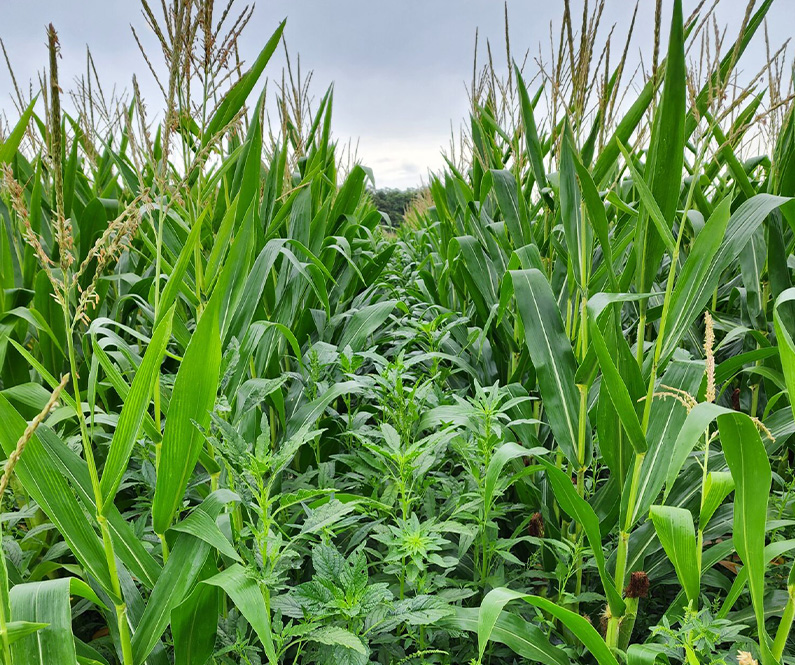
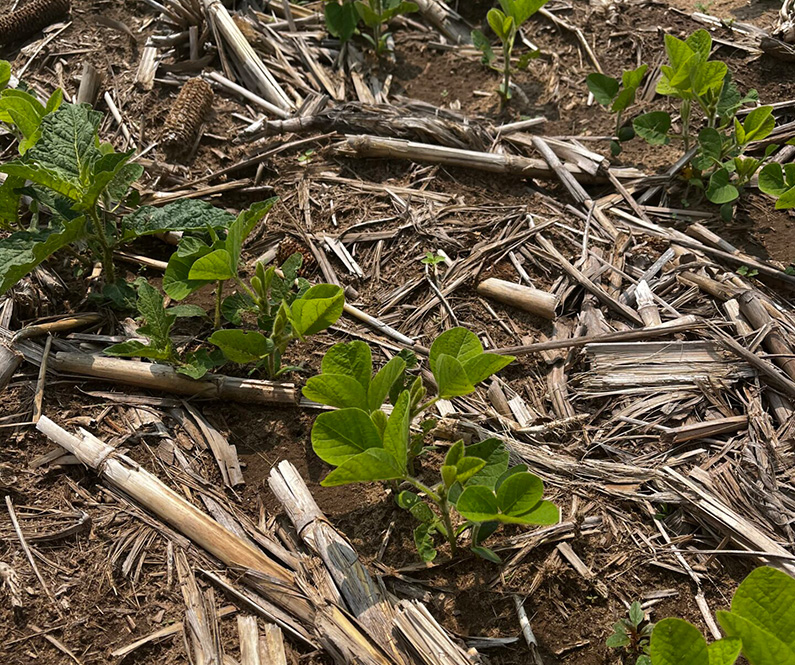

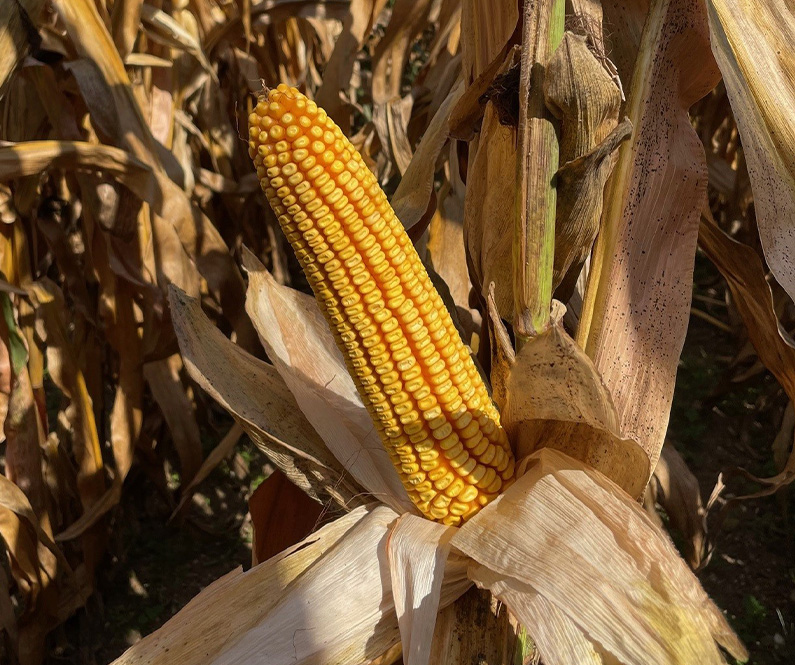
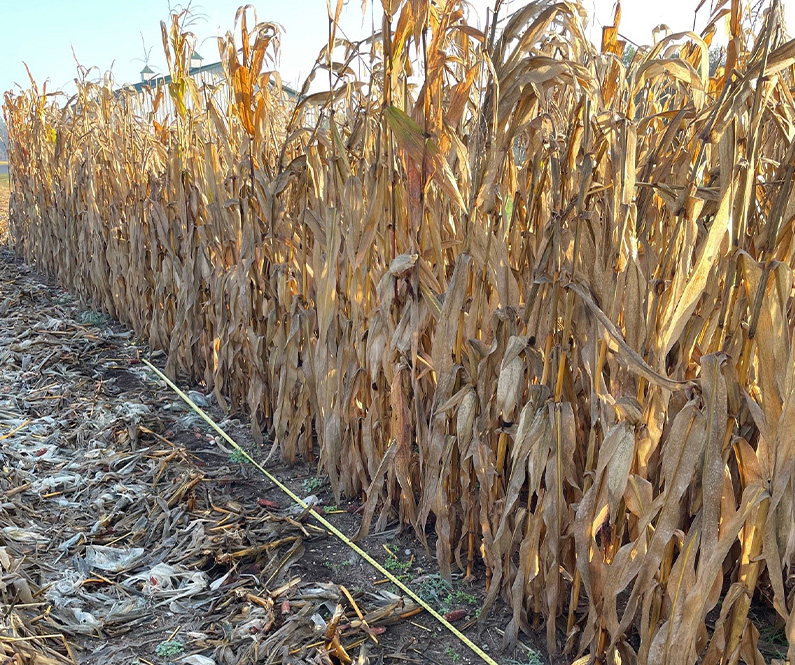
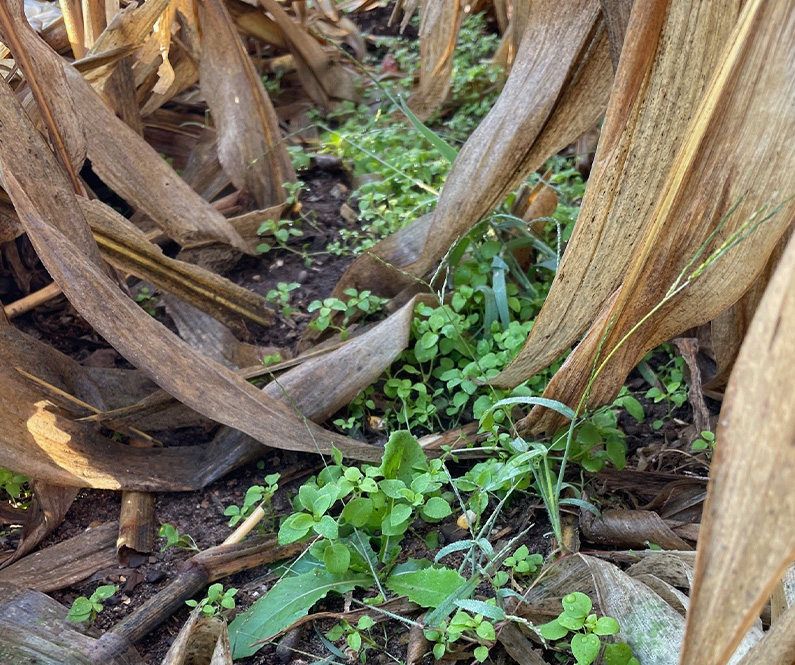
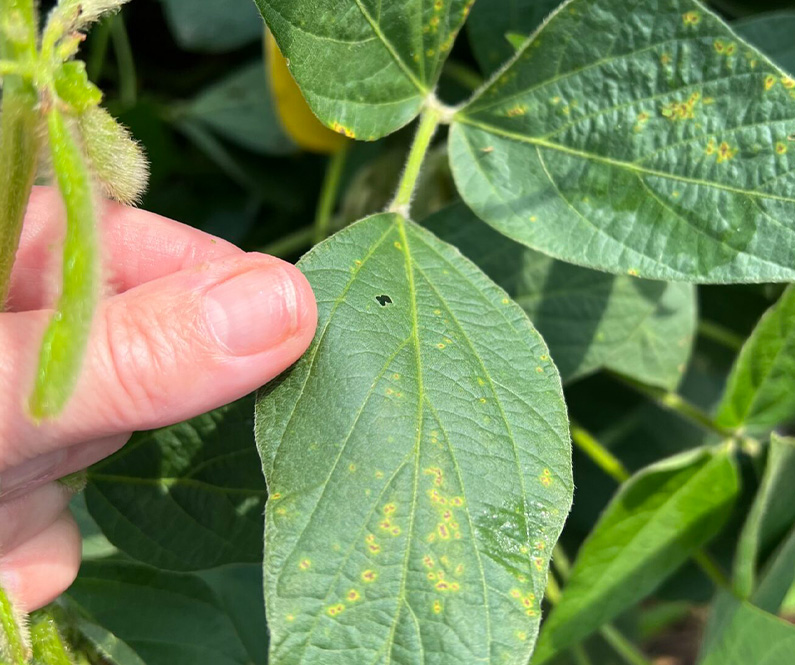
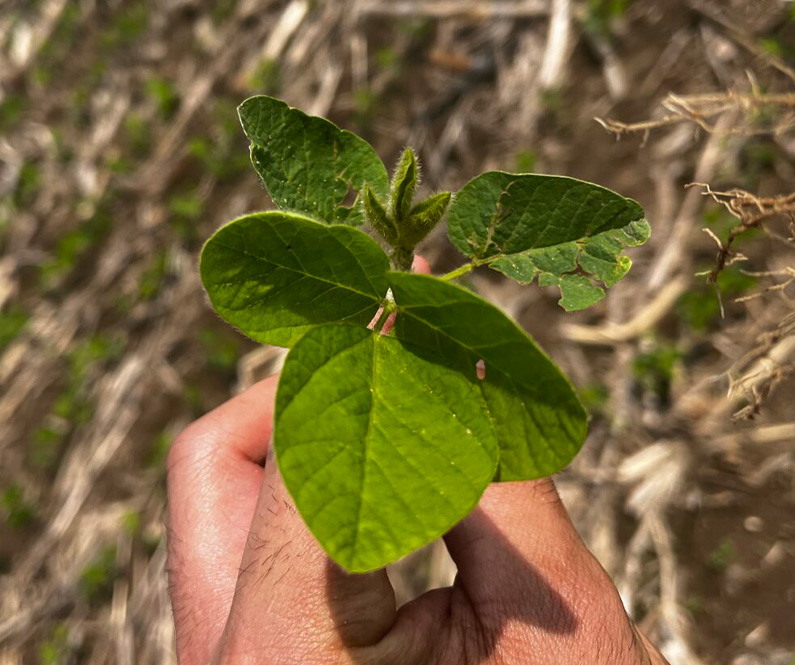
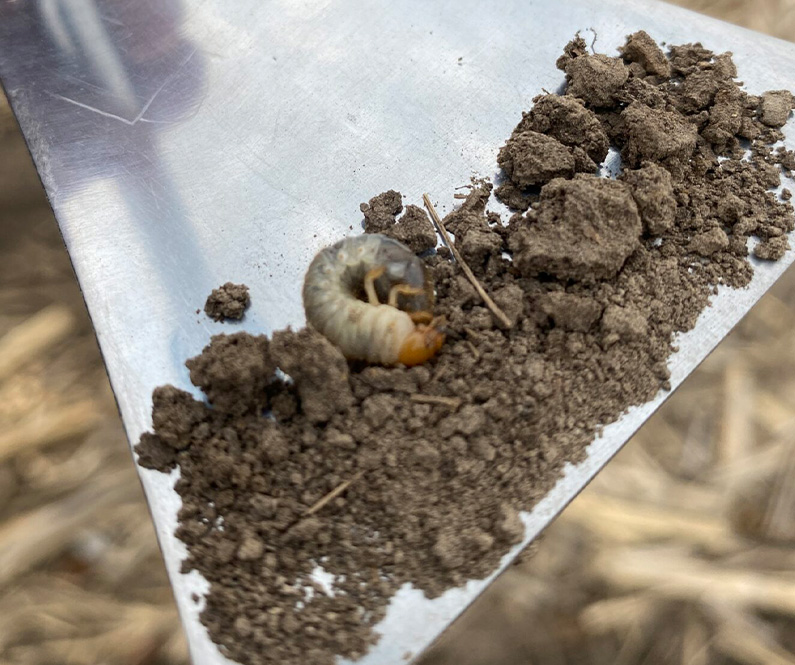


 and then
and then